Search
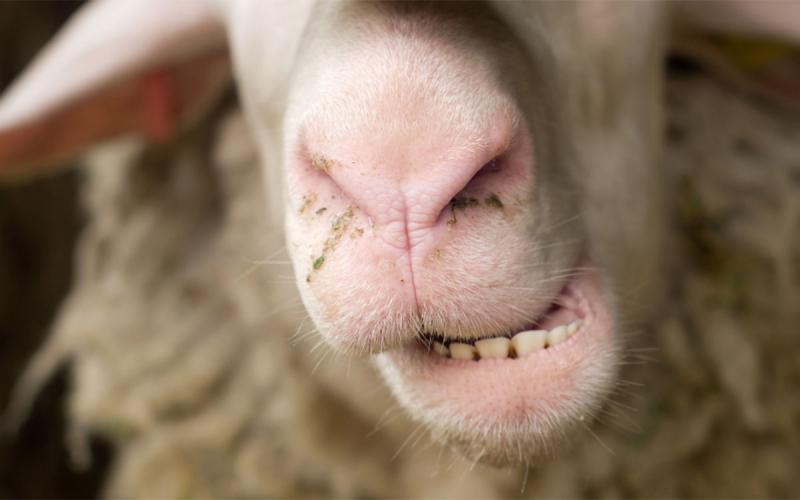
Mouthing Sheep for Age and the Value of Dental Condition
Dental problems in sheep can lead to long-term loss of production and decreased lifespan. Mouthing is a valuable tool for making culling decisions or identifying age when purchasing sheep.
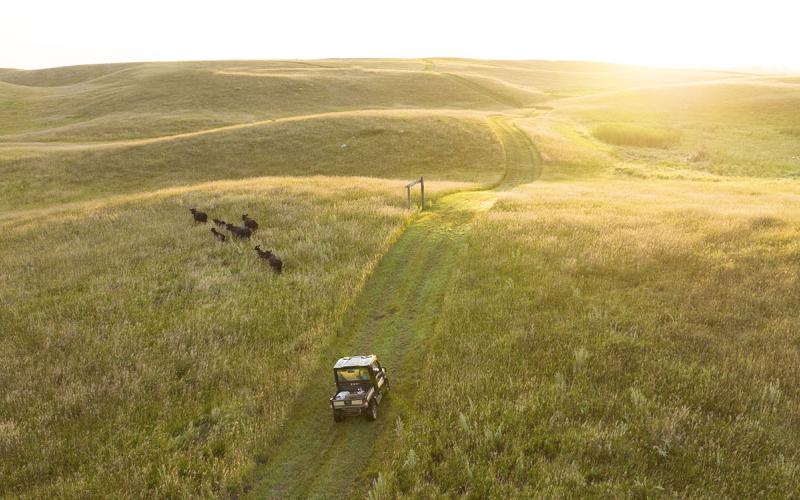
Holistic Ranch Management Helps With Economic and Climate Resilience
Holistic ranch management offers ways to think about ranching as part of a diverse ecological system. Learn how two South Dakota operations have leveraged it to generate multiple income streams from shared resources.
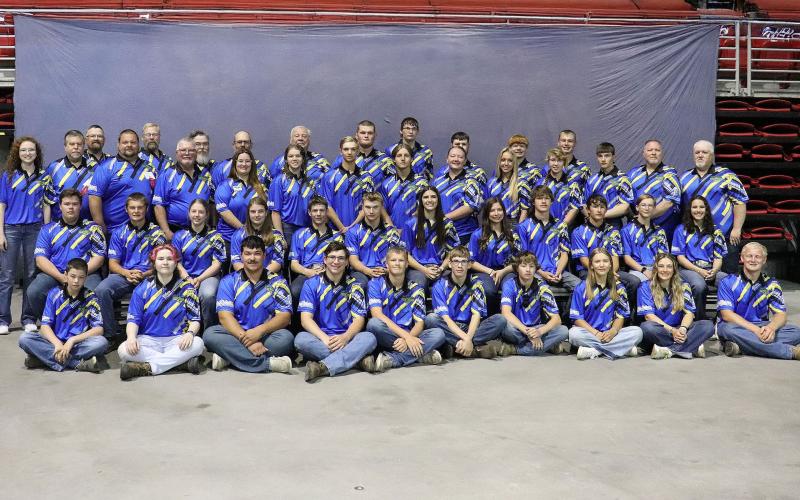
Shooting Sports National Championships
The 4-H Shooting Sports National Championships are held yearly in Grand Island, Nebraska. View results, recognition and photos from the South Dakota 4-H National Shooting Sports Team.
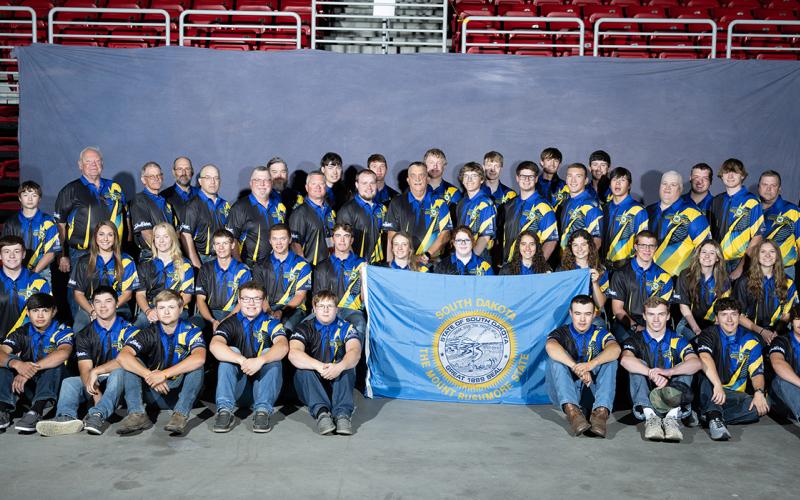
South Dakota team places third at 4-H Shooting Sports National Championships
August 02, 2023
South Dakota youth had a strong showing at the 4-H Shooting Sports National Championships, including third place for the team sweepstakes award.
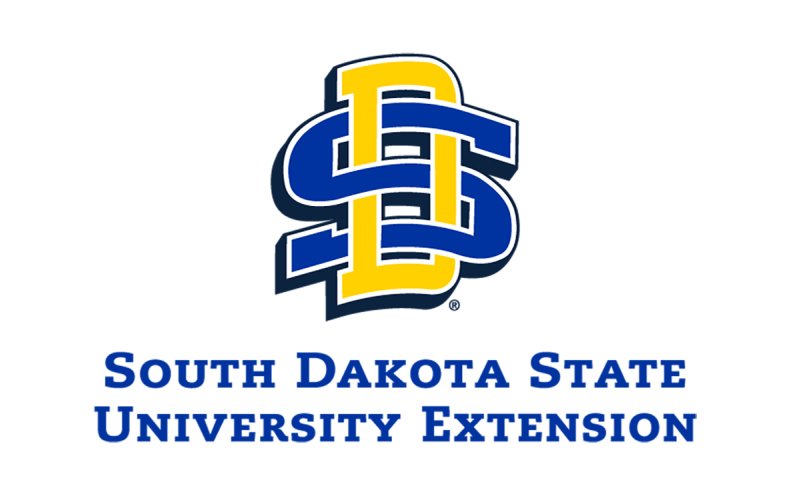
SDSU Extension 4-H awards 2023 scholarships
August 03, 2023
South Dakota State University Extension is pleased to announce the sixteen recipients of 4-H state-level scholarships.
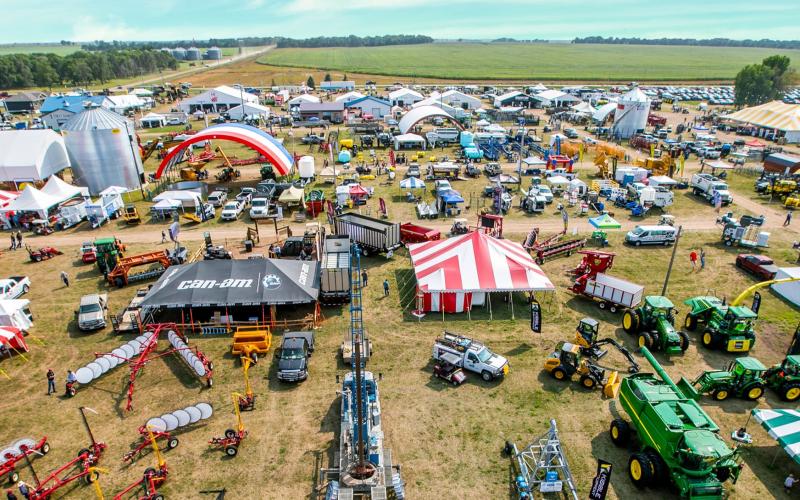
SDSU Extension booth at 2023 Dakotafest to feature livestock, soil and range experts
August 07, 2023
South Dakota State University Extension experts will be at the 2023 Dakotafest to provide information on a range of agricultural and economic issues, from the use of prescribed fire to livestock to weed and soil management.
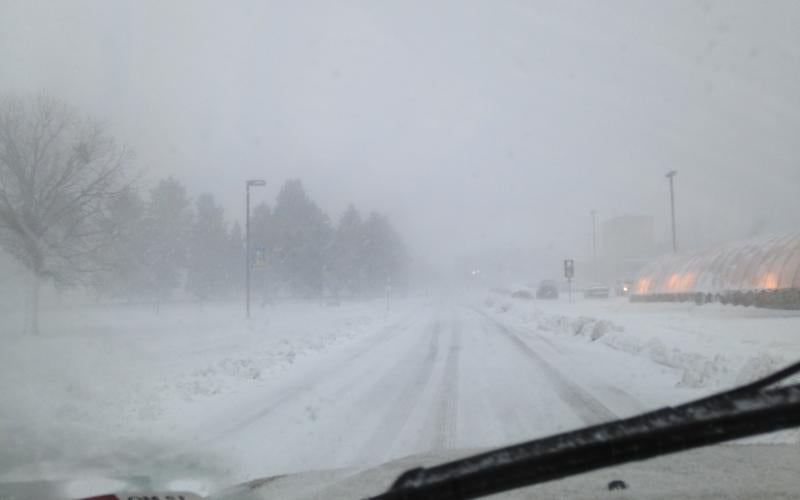
Are your farm employees ready for low temperatures?
Winter is here and snow and icy roads will increase the risk for accidents. Getting ready to leave the house and going to work on the snow and ice might be a problem for inexperienced people.
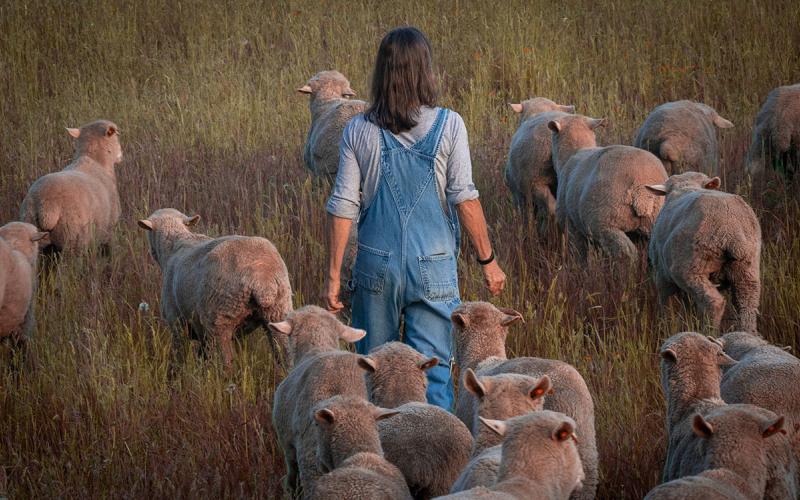
Will Your Summer Pastures Meet Your Flock’s Needs?
Sheep can readily thrive on pasture in the summer. However, monitoring forage quality and meeting mineral requirements on range is important to optimize production.
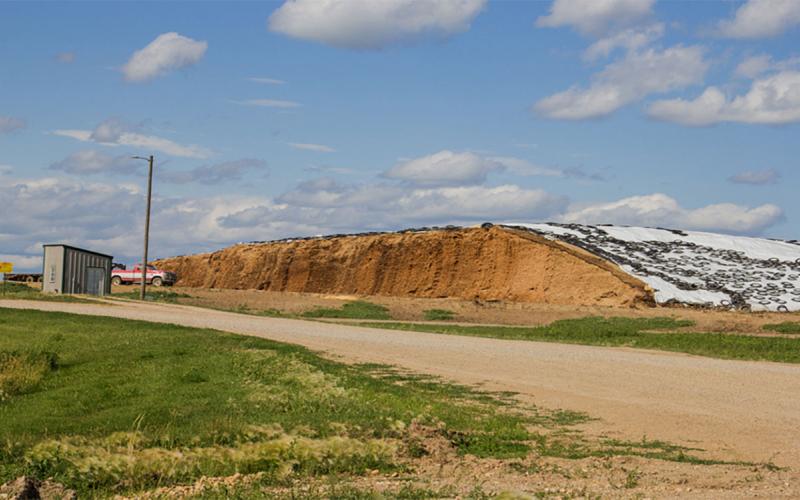
Silage Covering and Harvest Management to Maximize Feed Value
Covering silage piles is critically important to control nutrient loss in silage, but what covering strategies result in the best-quality feed? Learn what a recent SDSU Extension research project found out.
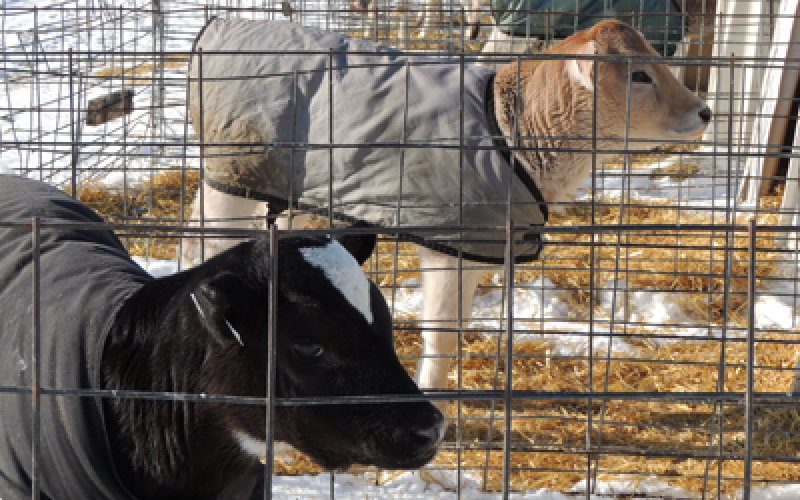
Dairy Calf Respiratory Disease: Treatment in the Aftermath of Cold Weather
Cold weather is not just hard on the people taking care of animals, it can be tough on the animals themselves. Consider respiratory disease (pneumonia) in dairy calves.